
New Holland is a man-made island located in the center of St. Petersburg, bounded by the Moika River and canals.
Today, New Holland is a well-maintained recreation area with a park, a pond, playgrounds, catering facilities and retail outlets. The island is also a platform for creativity, where something is constantly happening.
In addition, New Holland is the only one of its kind monument of industrial architecture of early classicism in St. Petersburg.
New Holland consists of two man-made small islands in the delta of the Moika River.
The history of the islands is inextricably linked with The Admiralty dates back to the 18th century, when two channels were dug between the Neva and Moika Rivers for the needs of shipbuilders: Kryukov and Admiralty, between which two islands were formed.
View of the island's canals
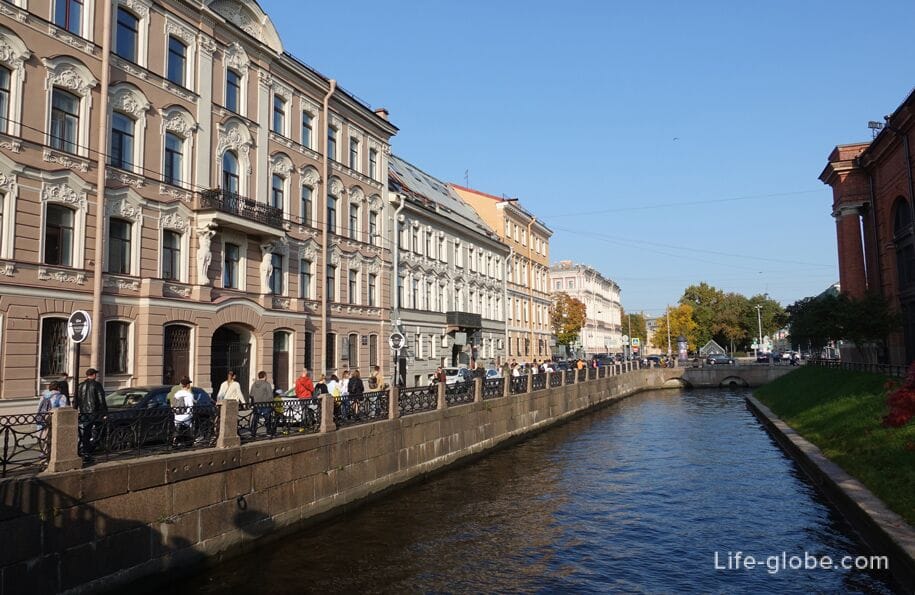

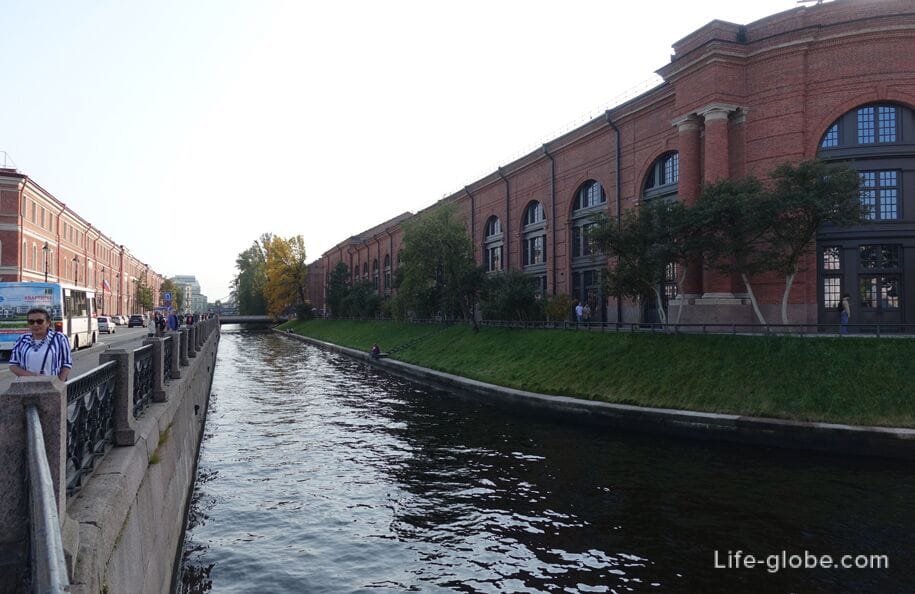
At the time of the creation of St. Petersburg, Peter I invited Dutch shipbuilders to work in the shipyards of the left bank of the Neva. The situation was so reminiscent of a foreign port that those places were called "Holland", and later this name was fixed on the island, which was called "New Holland".
Finally, the island was formed by the 30s of the 18th century, at the same time New Holland was transferred to the Admiralty Board and the first wooden barns for storing ship timber, built by the architect Ivan Korobov, appeared on the island.
Since the mid-18th century, stone structures have been erected on the site of wooden sheds. The structures for vertical storage of logs were designed by architect Savvay Chevakinsky. The facades of the buildings were designed by the architect Jean-Baptiste-Michel Vallin-Delamotou. The construction of buildings in the forms of early classicism was completed by the end of the 18th century.
During the First World War, New Holland was equipped with the most powerful radio station of the naval headquarters in Russia at that time.
In Soviet times, New Holland was a closed zone - the warehouses of the Leningrad Naval Base were located on its territory.
Until December 2004, the complex was occupied by the Baltic Fleet services.
In 2004, the administration of St. Petersburg was transferred the rights to the island, after which it announced a tender for its reconstruction.
As a result of several tenders, Millhouse LLC won the tender in 2010.
After that, work began on the restoration of the island and its adaptation to a new look - a public recreation area, creativity and events. Some buildings on the island have been demolished, while others have been extensively restored and redesigned. Today, the buildings contain public spaces, cafes, restaurants, shops and salons.
The open area of the island was turned into a park with a pond, recreation areas, alleys, lawns, a garden and playgrounds.
Also today, the island is a platform for education, development and creativity in various fields: from culture and science to entrepreneurship.
During the winter months, there is a skating rink on the island, with a natural ice surface, music and lighting design, and an event program. On the eve of the New Year, there is a New Year's market.
Thus, "New Holland" is a public space for leisure and recreation, as well as a unique monument of industrial architecture of early classicism.
You can get to the island via several small bridges over the Kryukov and Admiralteiskiy channels.
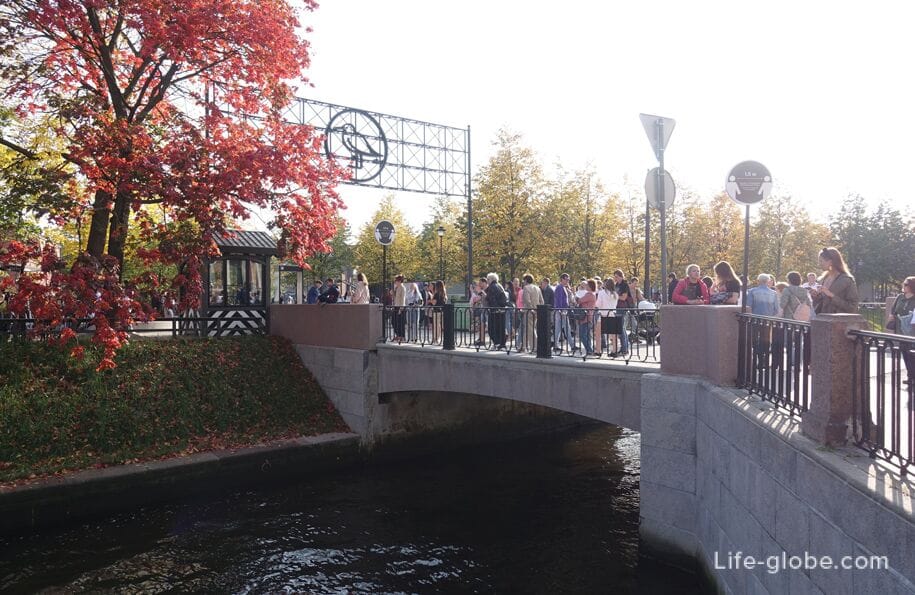
Above the entrances are large neon signs with the island's symbol-a seagull, which was invented and painted by Moscow artist Dmitry Pantyushin in 2011. The image of a seagull can be seen on many elements of the park-from sewer manholes to lampposts.
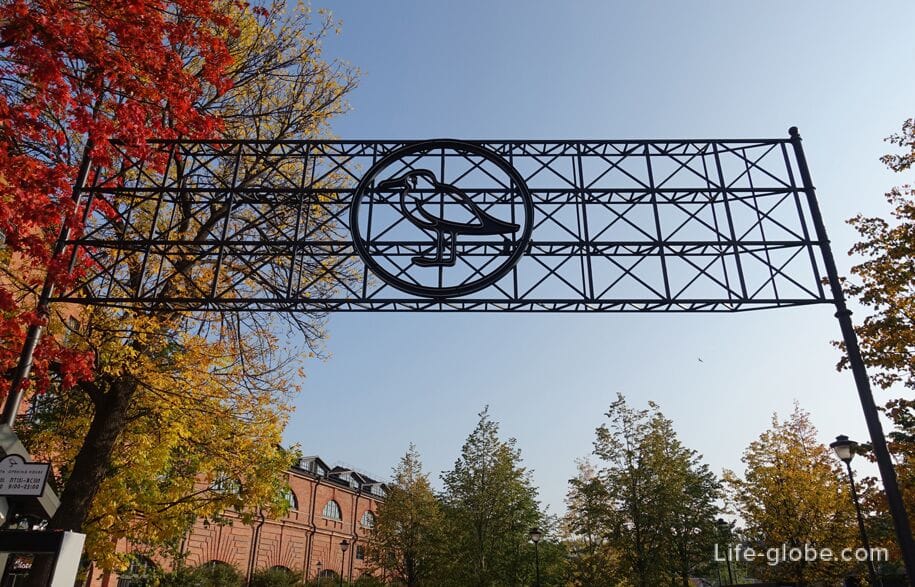
In the New Holland Park: a large street playground, petanque, table tennis, a stage, alleys and paths made of stone paving stones, a pavilion, kiosks with ice cream, drinks and snacks, sculptures, art objects and installations by artists from around the world, an information center, an ATM, bicycle parking and toilets.
Throughout the park, there are places to relax, sun loungers and chairs. If desired, on warm summer days, you can sit directly on the dense green lawns.
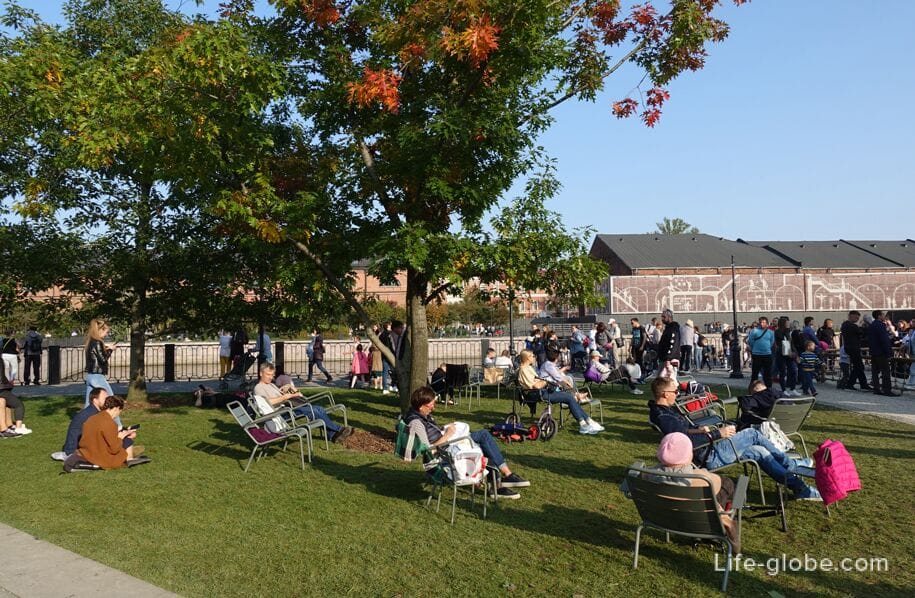

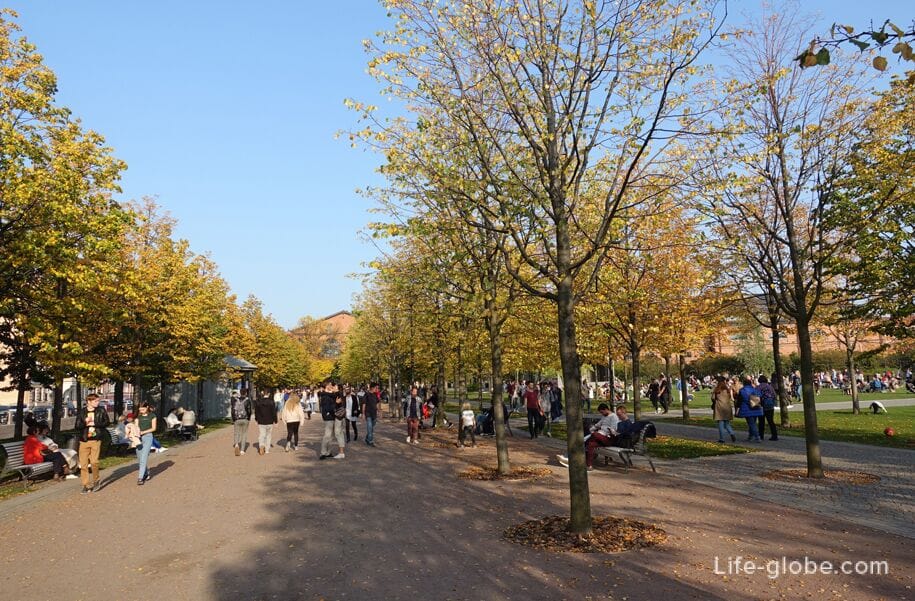
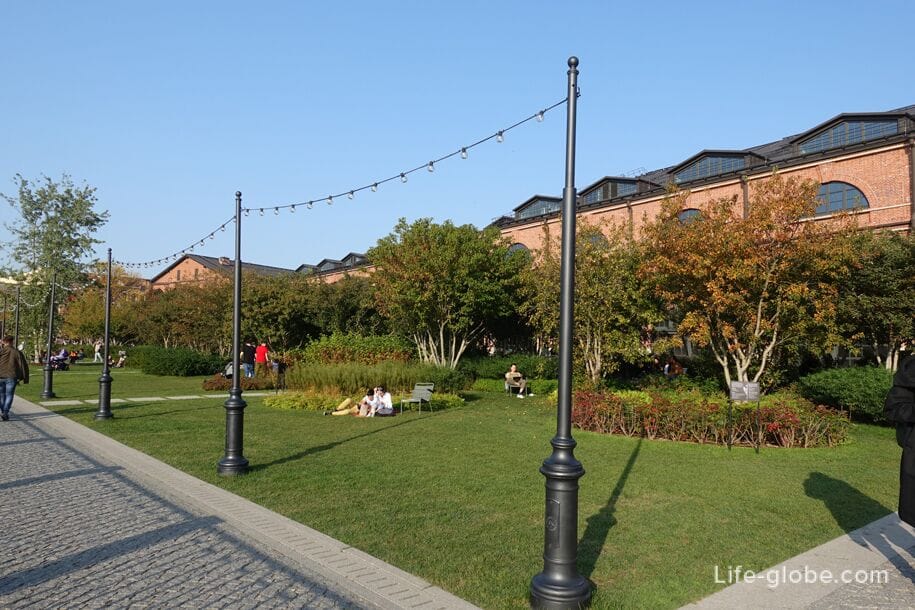

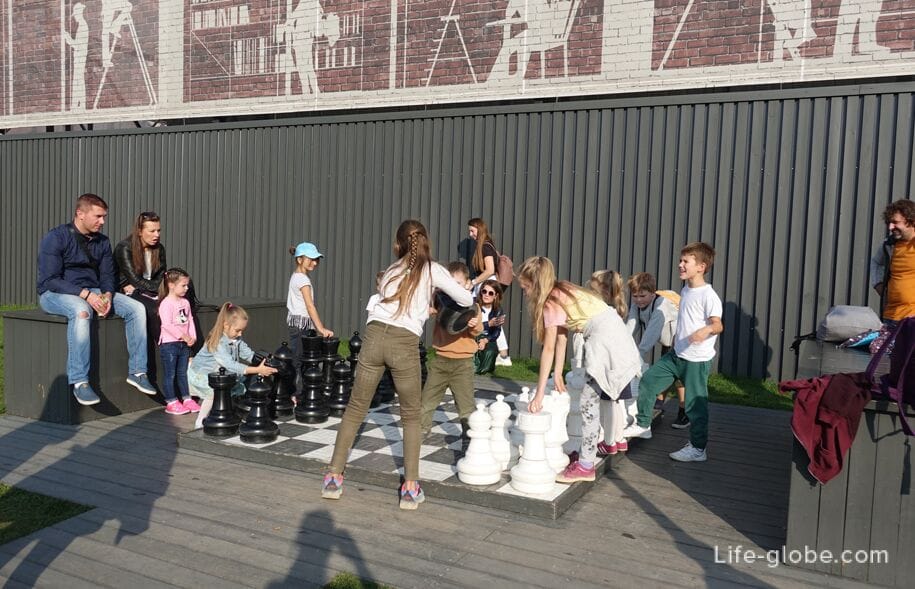
The unchanging center of the island is a pond, shaped like a bucket, which is why it got its name.
The pond is equipped with pontoons.
The embankment of the "Bucket" has a cast-iron fence with stone pylons.
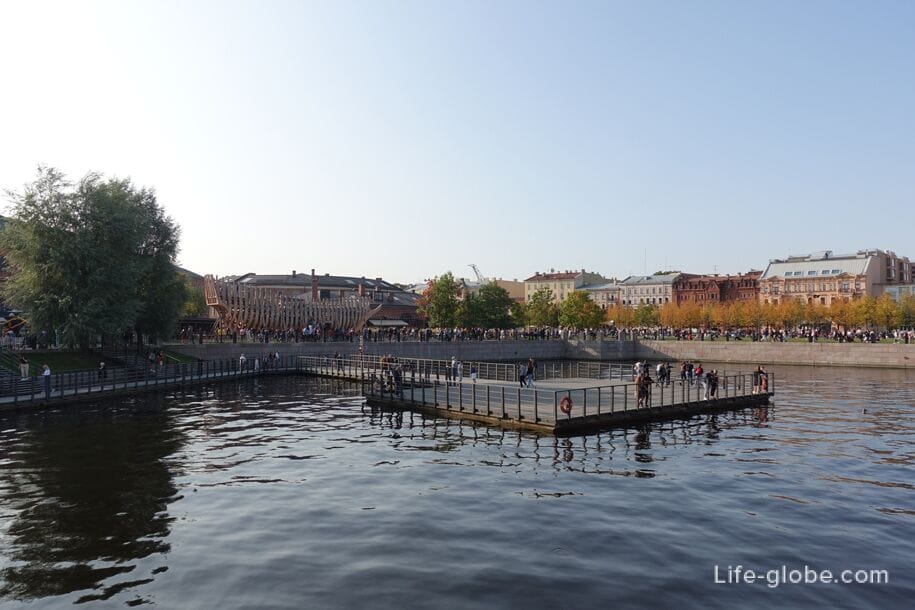
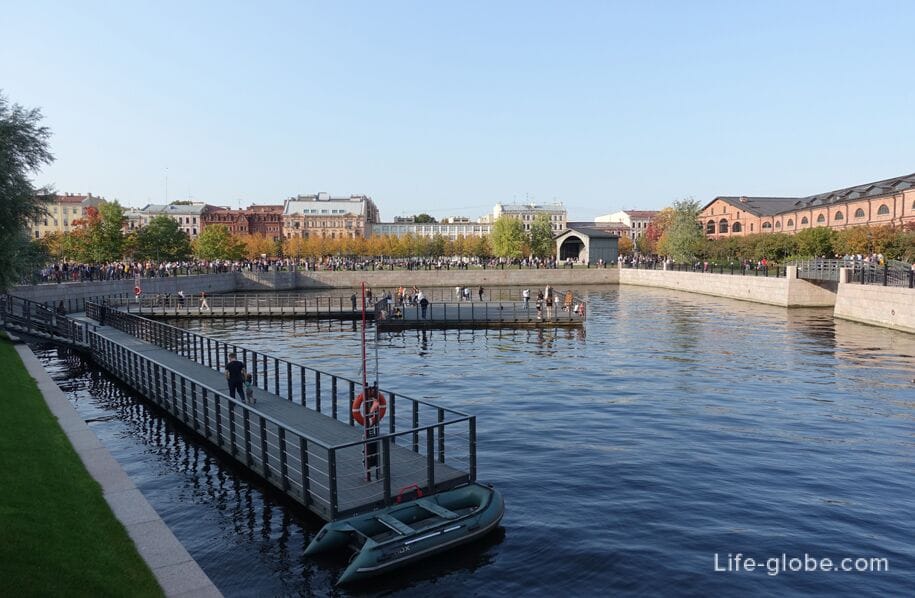

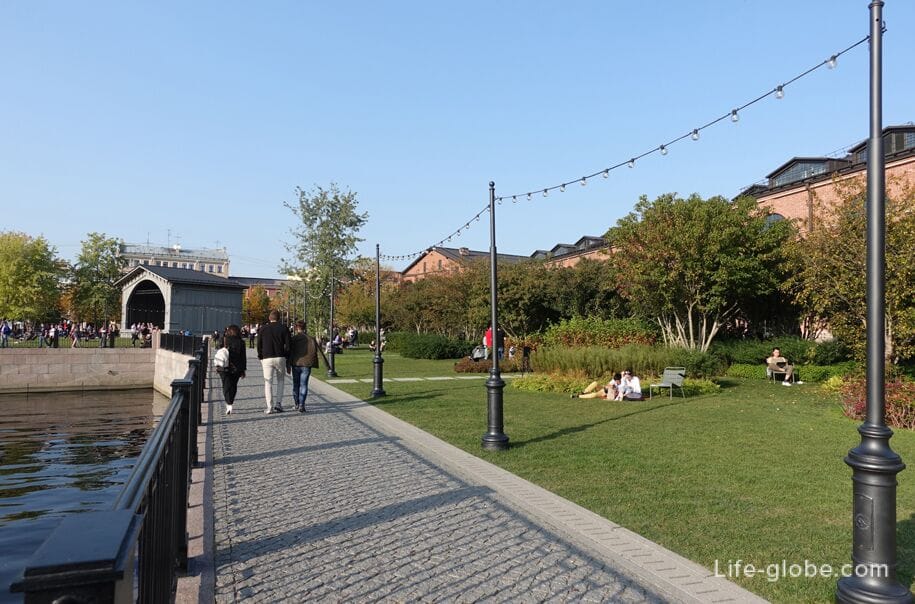
Dom 12 is a historical building, now restored, which houses the Garage Museum of Modern Art, the Digital House of Gazprom Neft, and a restaurant.
The building was originally built in 1847-1849 and was used to store timber brought to the island for the needs of the Admiralty Shipyards. Later it was adapted as a warehouse, and at the end of the 20th century, a textile factory worked in the walls of the building.
Today, the "House 12" consists of two buildings: the corner building 12a, which faces the Labor Square and the Admiralty Canal, and the building 12-along the Kryukov Canal embankment. The buildings are closely adjacent to each other. The total area of the building is 15,900 sq. m.
The exterior of the building is designed in the same style as other buildings on the island, which undoubtedly creates visual unity and harmony.
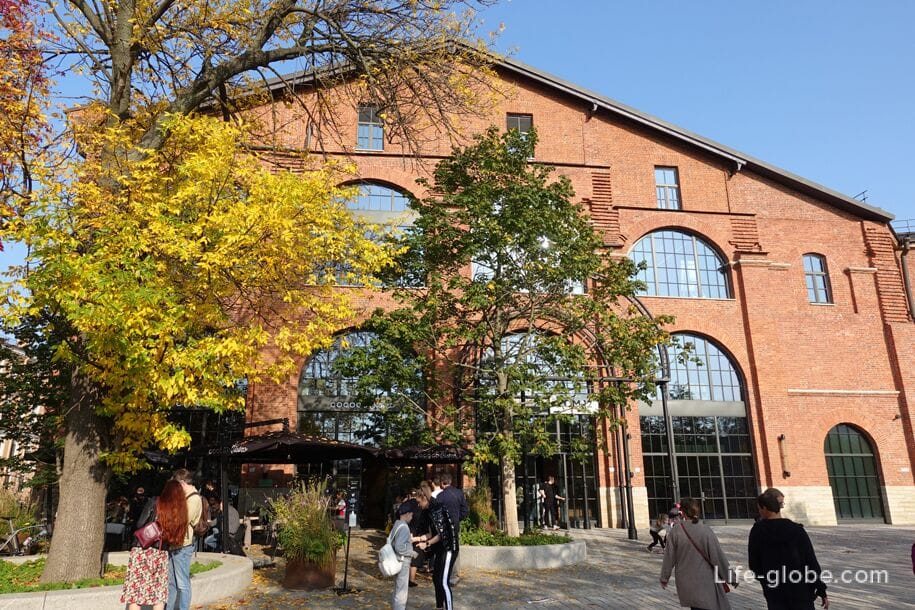
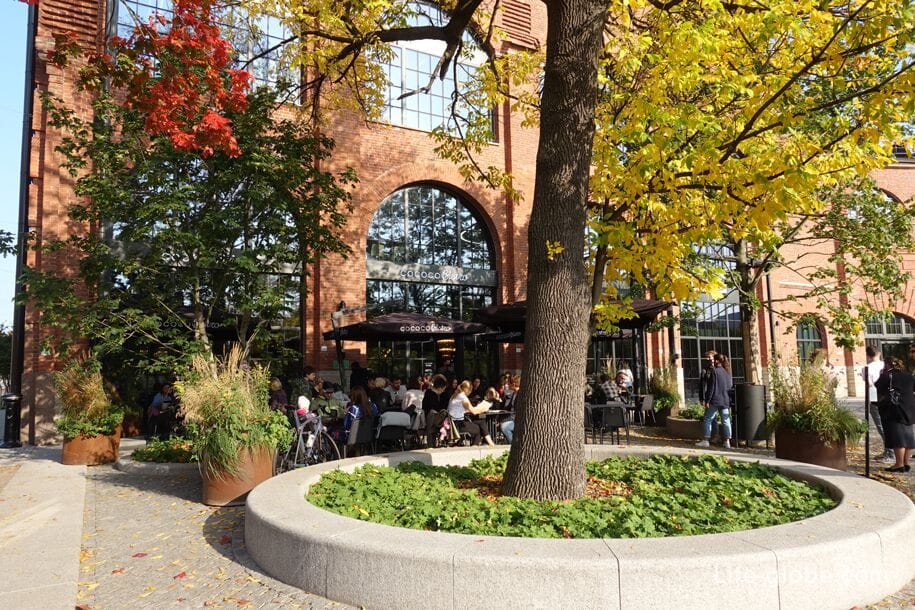
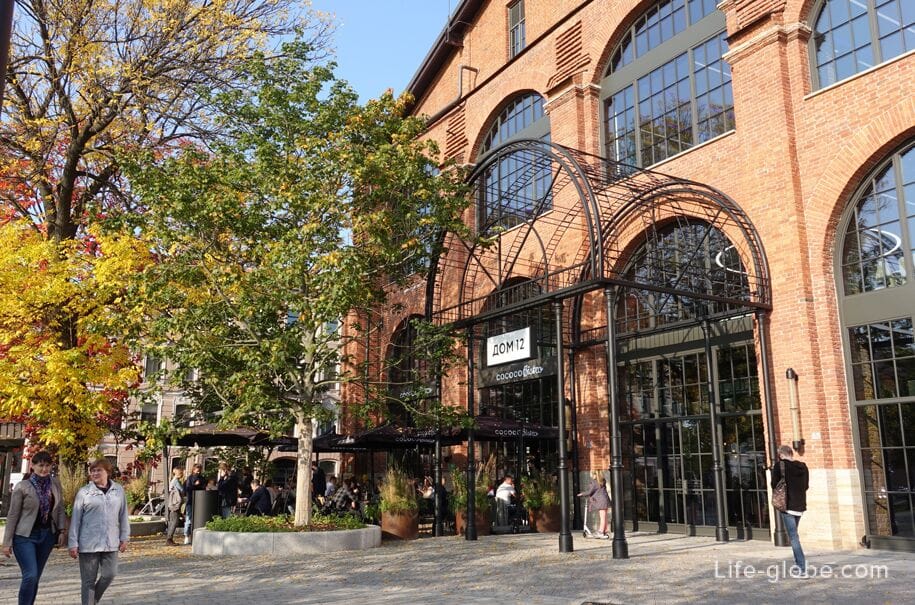
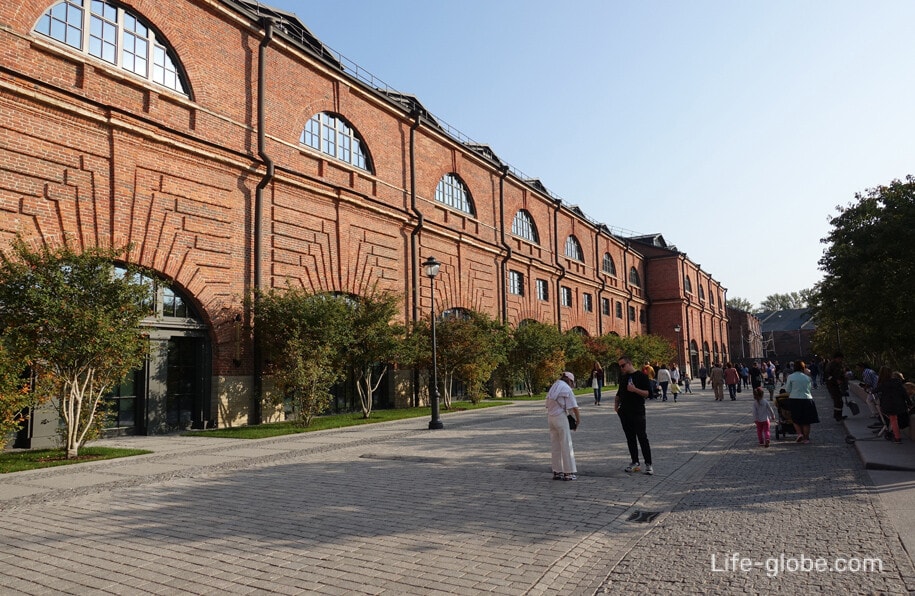
On the side of the Labor Square (outside the island), above the rounded facade of the "House 12" is an installation of neon in the form of the inscription "You are (on) an island", which translates as "You (on) the island (e)".
The installation was created by interdisciplinary artist Alisha Eggert in collaboration with Mike Fleming.
The play on words in the installation is emphasized by the dynamics in the constant change of statements - "you are an island" and "you are on an island", so that a simple statement takes on additional and contradictory meanings.
The installation was originally created for The Sacred and Proface Art Festival in Peaks Island, Maine.
On the island of New Holland, a special version of the installation is presented, enlarged and adapted for display on the roof.
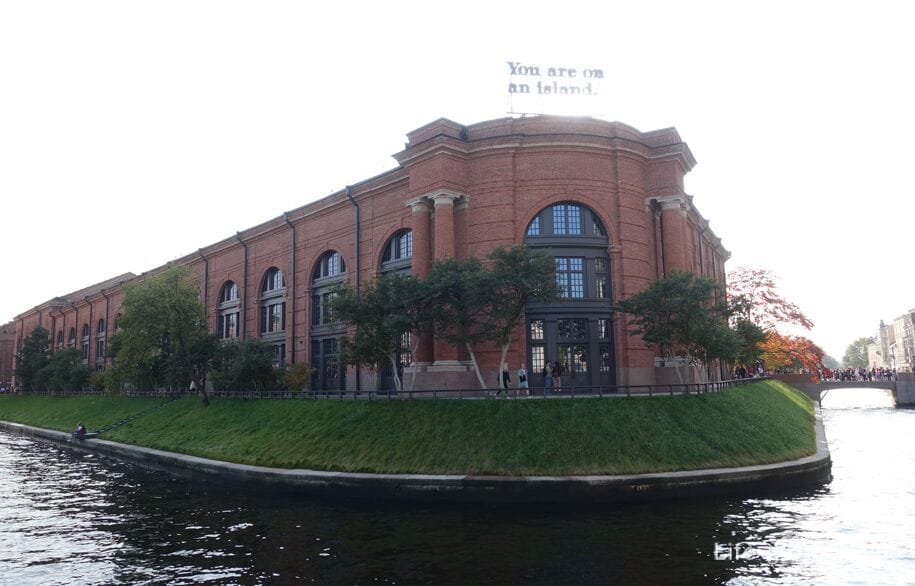
Garden alley runs along the "House 12".
Along the alley are planted: irga Lamarck, apple trees, various shrubs and perennials: hydrangea, magonia, mountain ash, spirea, deren, willow, viburnum, astilba, sage and others.
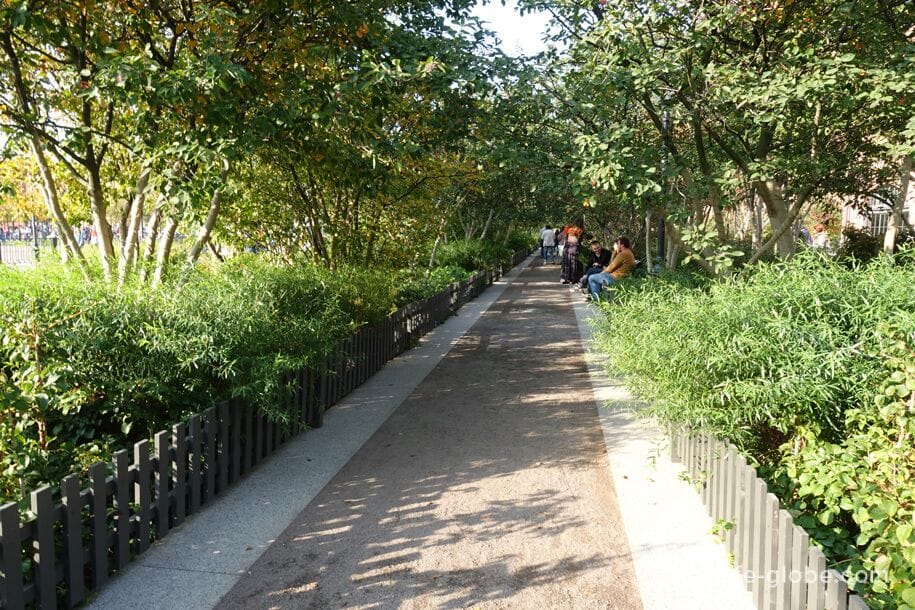
Near the pond "Bucket", between the two buildings is a brick arch Wallen Delamota.
The arch is named after one of the architects who designed the facades of buildings on the island in the 18th century - Jean-Baptiste-Michel Vallena-Delamotte.
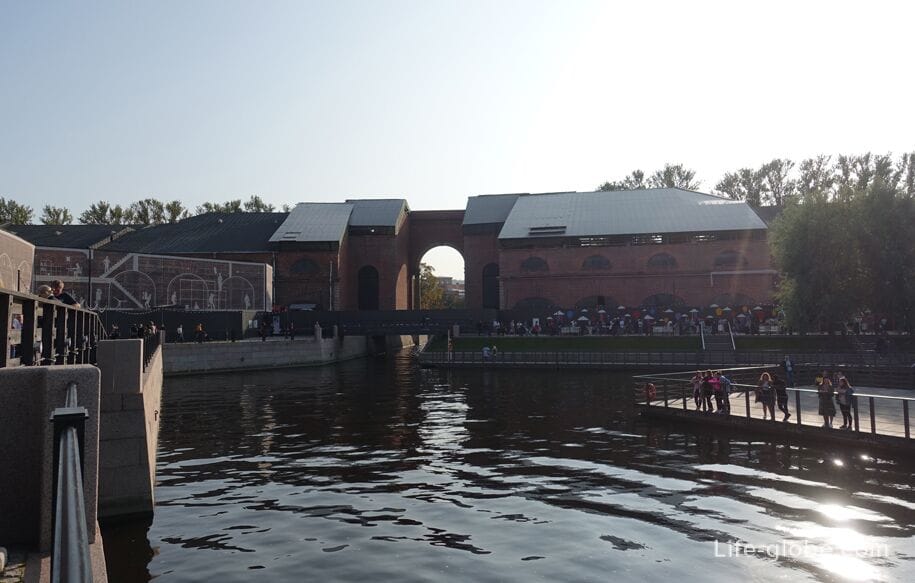
On the island, near the embankment of the "Bucket", there are two children's playgrounds:
- playground for kids with swings and a sandbox;

- the "Frigate" platform, made in the form of a large frame of the ship - frigate "Peter and Paul" at a scale of 80% (26 meters in length and 6 meters in height).
The interior space of the children's ship is divided into several levels, where they dock: slides, ropes, ladders, "guns", spyglasses and a steering wheel.
This playground is designed for children from 6 to 14 years old.
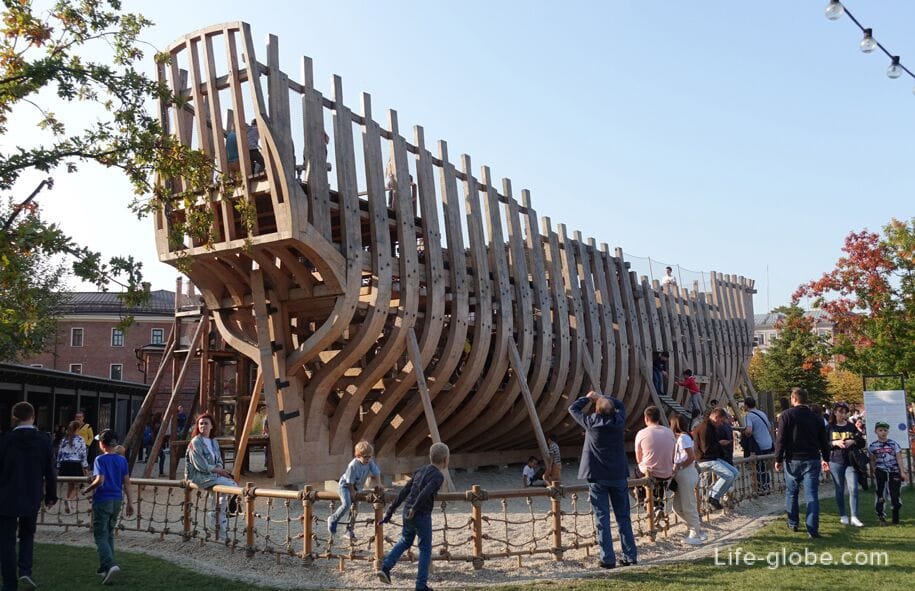
A grass garden with narrow paths and numerous ornamental plants is located near the building of the "Smithy".
The garden is a natural-looking flower garden consisting of various cereals and perennials.
The herb garden of New Holland is based on oak sage (Salvia nemorosa), which cuts through the flower garden with bright lilac stripes, and various cereals with a height of 40 centimeters to 2 meters.
Individual perennials in the garden create spectacular color accents that change each other during the season.
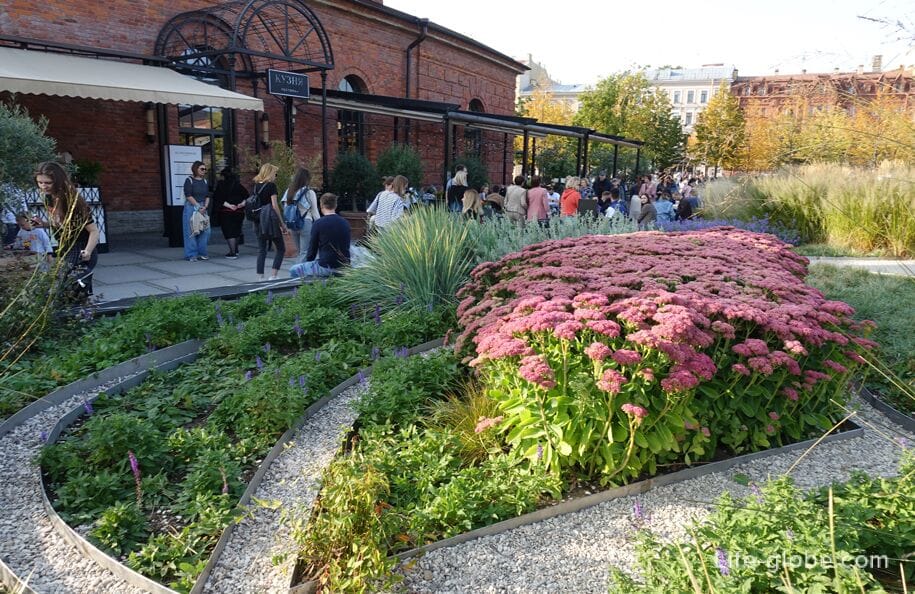
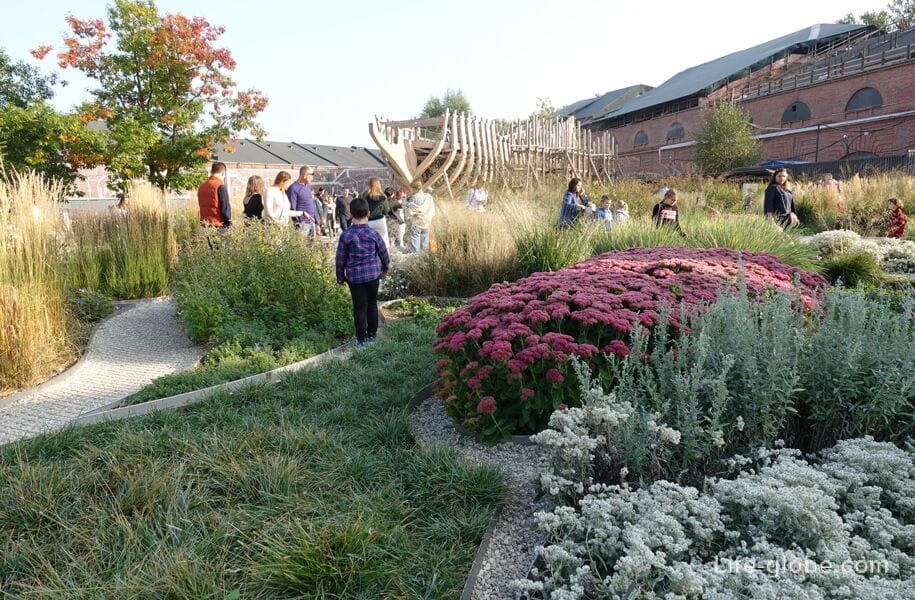
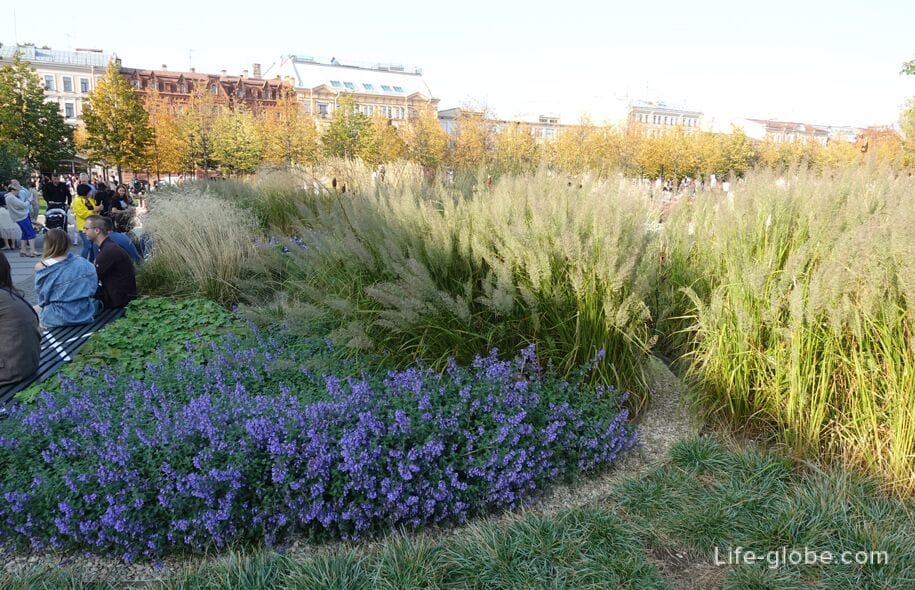
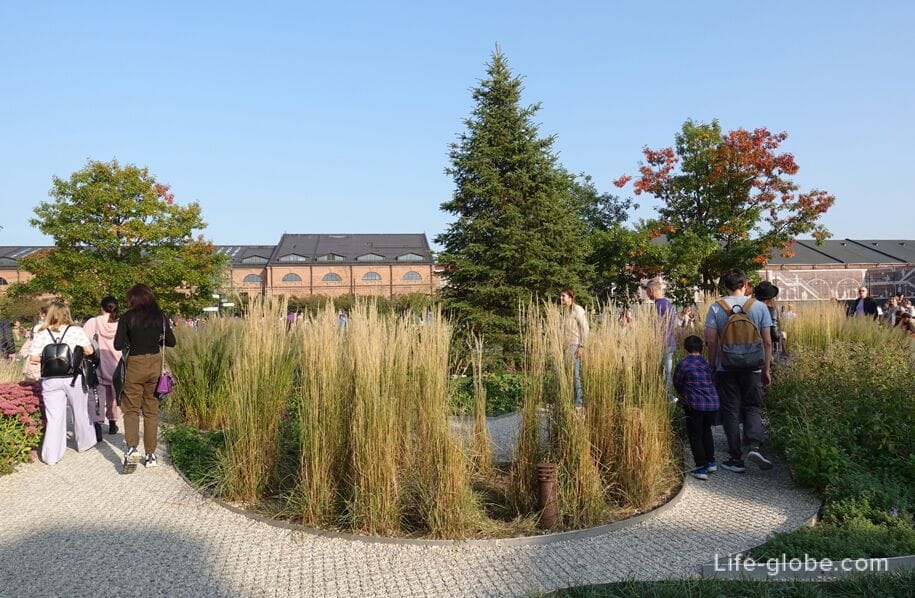
"The Forge" is a building built in the mid-19th century by engineer Mikhail Pasypkin.
It is believed that even under Peter I, there was a blacksmith's workshop on this site, where tools for processing wood were forged in the nearby Galley Yard.
During the landscaping work on the island of New Holland, a large-scale restoration of the brick vaults and facades was carried out in the Forge, the roof was completely replaced and the wooden window and door frames, the stone staircase with cast-iron railings were restored.
Today, the building is adapted to a new function. Two facades are decorated with openwork cast-iron canopies on cast legs.
The historic Forge now houses a club, restaurant and cafe.
There is a bistro next to the blacksmith shop.
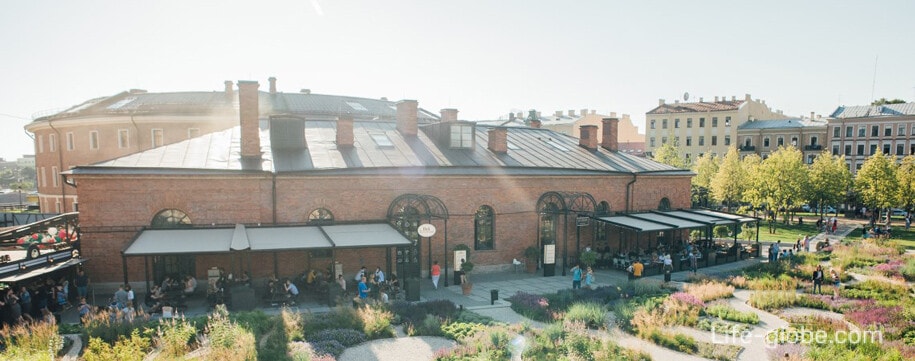
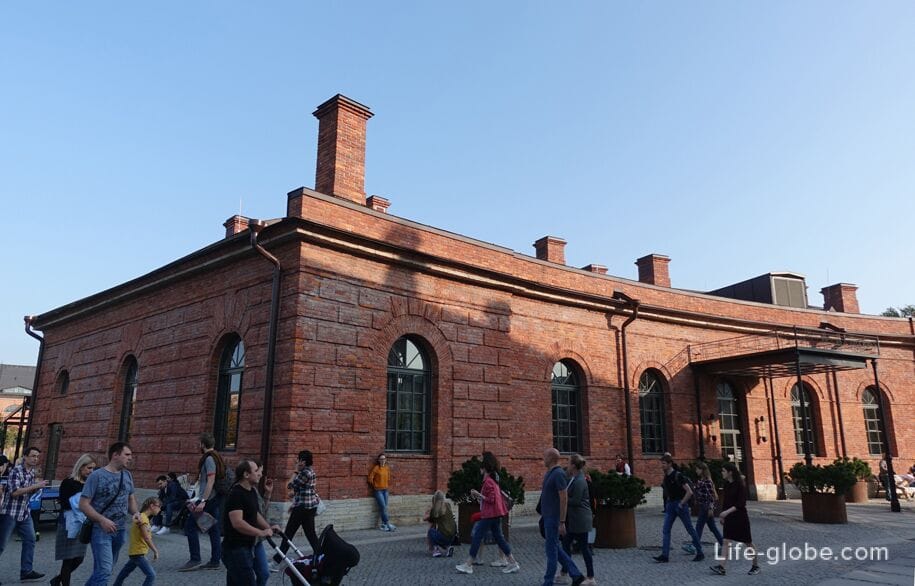
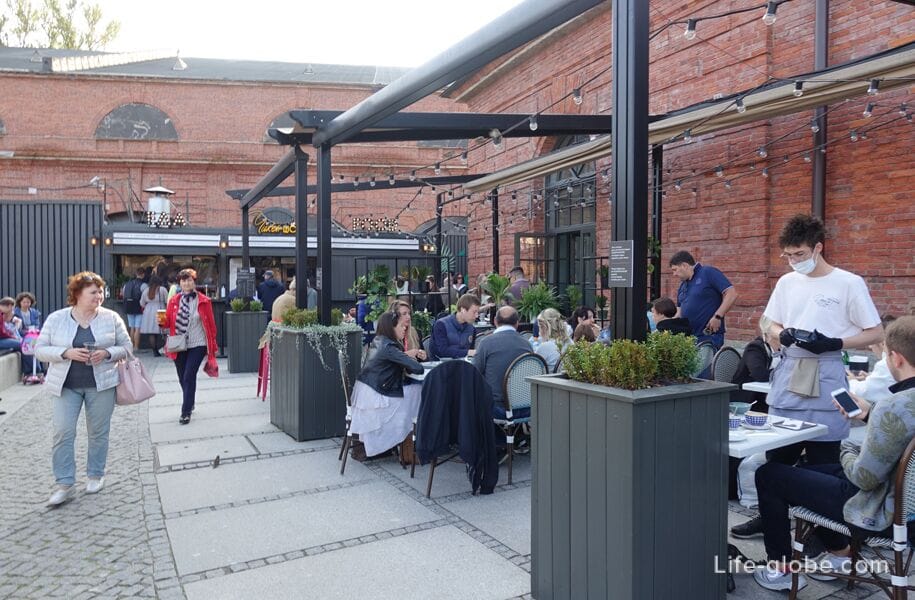
"Bottle" is the popular name of the historical building, which it received due to its unusual round (ring-shaped) shape, resembling a bottle neck.
According to legend, this is where the expression "do not go into the bottle" came from, meaning nothing more than that no one wanted to be in prison.
The bottle is a former military prison building that was built in 1829, and today, after a complete restoration, is a commercial structure.
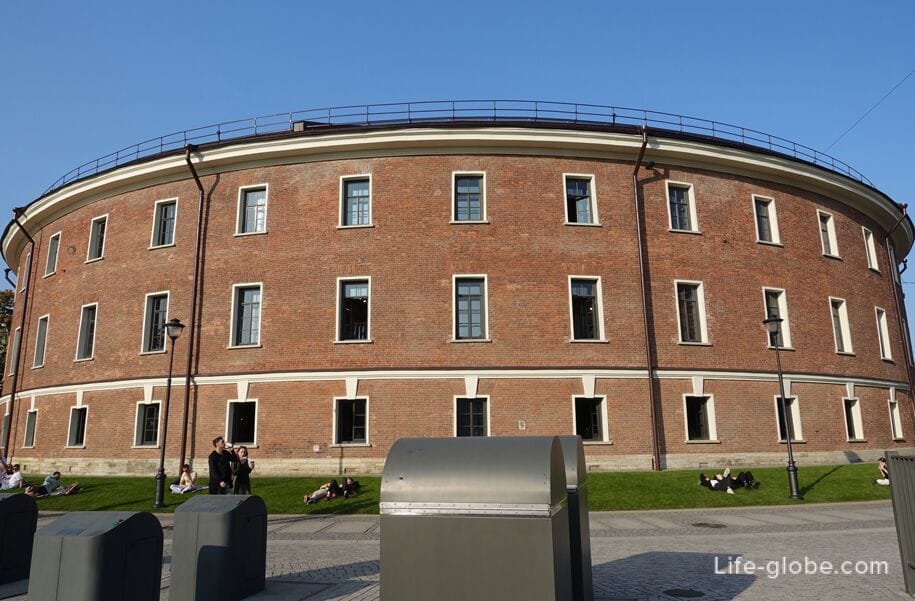
The round courtyard of the Bottle is the pearl of the whole structure.
In the center of the courtyard there is a stage for concerts and various events.
Along the walls of the building in the courtyard there are open-air tables, where you can sit down and have a nice snack in good weather. Catering establishments are located on the first floor of the "Bottle".

Each floor of the "Bottle" has its own purpose and function.
The first one is entirely devoted to gastronomy. Various cafes, restaurants and bars can be found here.
On the second floor there are shops.
The third floor is the territory of health, beauty and sports. Learn more about the "Bottle"…
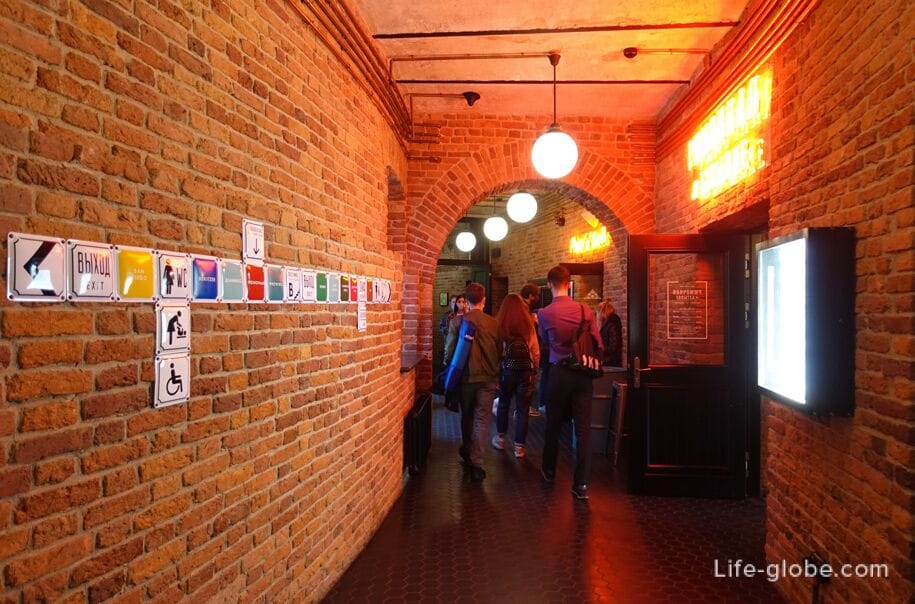
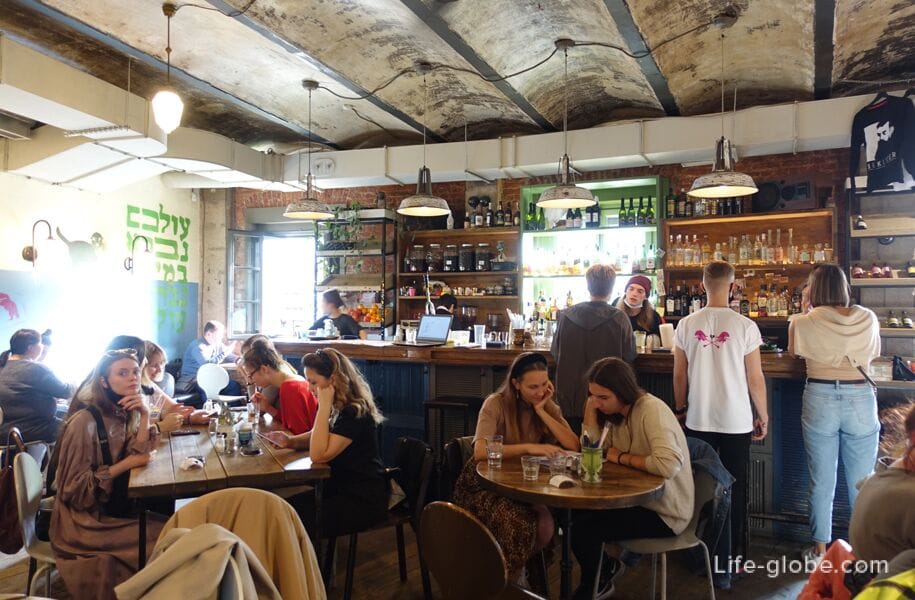
The Commandant's House is the latest historical building on the island. Previously, the family of the commandant of the island lived in the house, and in the Soviet period, the offices of the maritime departments were located.
In 2013, the building received the status of a monument and was restored. The building has cast-iron canopies, an openwork fire escape and a modern interior.
Today, the "Commandant's House" is a space for children from 0 to 5 years old "Children Talk" with educational toys, where young children can communicate with each other and study with professional teachers, learn practical skills, read books and just relax in a comfortable environment.
The space also hosts regular classes.
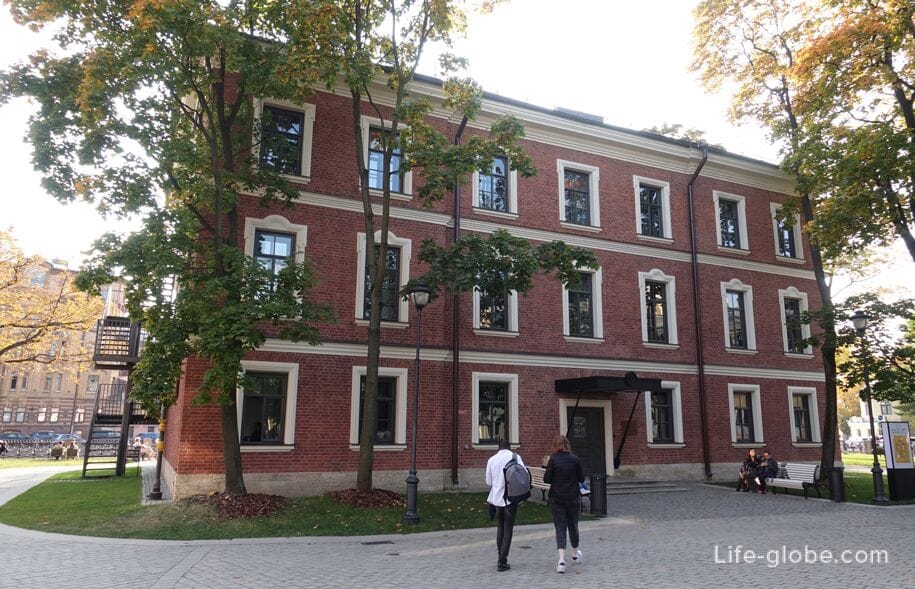
Entrance to the island "New Holland" is free (free of charge).
The island of "New Holland" is constantly being improved, as a result of which it can be supplemented with new objects and zones.
Opening hours of the island: Monday-Thursday from 09: 00 to 22:00 hours, Friday-Sunday from 09:00 to 23: 00 hours. The entrances are closed half an hour before the end of the island's working hours.
Attention! The opening hours of the island may vary, and the opening hours of individual establishments on the island may differ from the general opening hours of the island.
The opening hours of the island and individual commercial premises; which establishments and facilities are located on the island; as well as the plan of the island and premises; the program of events on the island and all other additional information, we recommend that you check immediately before visiting the official website.
New Holland Island website: newhollandsp.
How to get
The island of New Holland is located in the city center of St. Petersburg, 2 kilometers from the Palace Square.
From Alexander Garden and the Admiralty Building can be reached on foot by Konnogvardeysky Boulevard.
Address of the island "New Holland: Admiralty Canal Embankment, 2.
The nearest metrostations are: Admiralteiskaya-1.9 km; Sennaya Ploshchad-2.4 km; Nevsky Prospekt-2.7 km.
Public transport stops:
- stop "Ploshchad Truda": buses - 3, 6, 22, 27, 70, 71; trolleybuses-5, 22; minibuses: K-6K, K-62, K-124, K-169, K-186, K-306, K-350;
- stop "Pisareva Street": minibuses-K-124, K-186O.
You can also visit the island of New Holland with one of the excursions
All accommodation in Saint Petersburg, including in the city center and near the island of New Holland, can be viewed and booked here